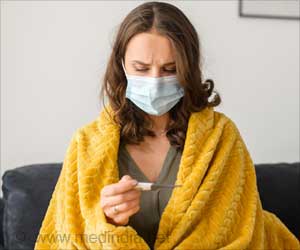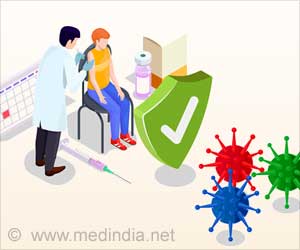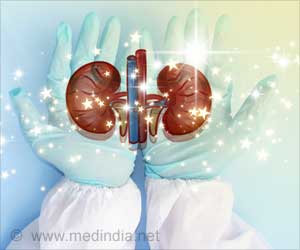Early in the pandemic, opinions around the impact of COVID-19 on children and adolescents ranged from it being no more than the common flu to fear of its potential impact on lesser-developed immune systems.
‘Symptoms in children with Covid-19 include – labored breathing, loss of smell and gastrointestinal symptoms. In teenagers and hospitalized youths with COVID-19, the symptoms include – hypoxemia and pneumonia.’
This OHDSI global network study compared the real-world observational data of more than 242,000 children and adolescents diagnosed with COVID-19, including nearly 10,000 hospitalized youths, to more than 2,000,000 diagnosed with influenza across five countries (France, Germany, South Korea, Spain, and the United States) to provide a clearer picture of its impact.
Asthma and obesity — a common finding among a general pediatric population — were the most common baseline comorbidities. There was also a higher prevalence of rare conditions, including congenital malformations, neurodevelopmental disorders, and heart disease, among those hospitalized with COVID-19.
Pediatric patients with COVID-19 also showed higher rates of symptoms such as labored breathing, loss of smell and gastrointestinal symptoms than those with influenza, which could help improve early diagnosis of COVID-19 among this population.
Adjunctive therapies were the most common treatment options in children and adolescents, though there was global heterogeneity on which particular therapies were used (systemic corticosteroids and famotidine were most common).
The most common 30-day complications for hospitalized youths with COVID-19 were hypoxemia and pneumonia, both of which occurred at a higher rate than hospitalized influenza pediatric patients.
There was limited knowledge of the COVID-19 impact on children and adolescents around the world during the first half of 2020, when the OHDSI community collaborated on the CHARYBDIS Project. Findings at the time ranged from a 5.7 % hospitalization rate to another that reported a 63% hospitalization rate.
There was a need for reliable evidence on the demographics, comorbidities, symptoms, in-hospital treatments, and health outcomes among children and adolescents to inform clinical decision-making.
“This study addressed critical questions that were weighing down on both the healthcare community and the general population — how was COVID-19 impacting our youngest population,” said study lead Talita Duarte-Salles, PhD, an epidemiologist at IDIAP Jordi Gol in Barcelona, Spain, and first author of the study.
“While some last year claimed that COVID-19 was no different than the flu, the real-world evidence we generated through open science showed something quite different. It was a relief to see that fatality was rare, but clearly both complications and symptoms showed the COVID-19 was no flu in children and adolescents.”
The study was developed and executed by the OHDSI (Observational Health Data Sciences and Informatics) community, a multi-stakeholder, interdisciplinary network that collaborates globally to bring out the value of health data through open science and large-scale analytics.
This study resulted from the CHARYBDIS Project, which has resulted in several published studies, including ones on general COVID-19 phenotyping, patients with autoimmune disease, and use of repurposed and adjunctive drug therapies.
Several others are undergoing peer review and have been posted to a preprint server; OHDSI’s work on COVID-19 can be found here.
Columbia University serves as the Central Coordinating Center for the OHDSI community.
“Generating reliable evidence that can inform clinical decision-making for children and adolescents was so important, and it doesn’t happen without collaboration and the foundation of open-source tools and practices developed for years in this network,” Duarte-Salles said.
“It was truly inspiring the way our OHDSI community rallied together globally in the face of this unprecedented pandemic and collaborated together.”
Source: Eurekalert



